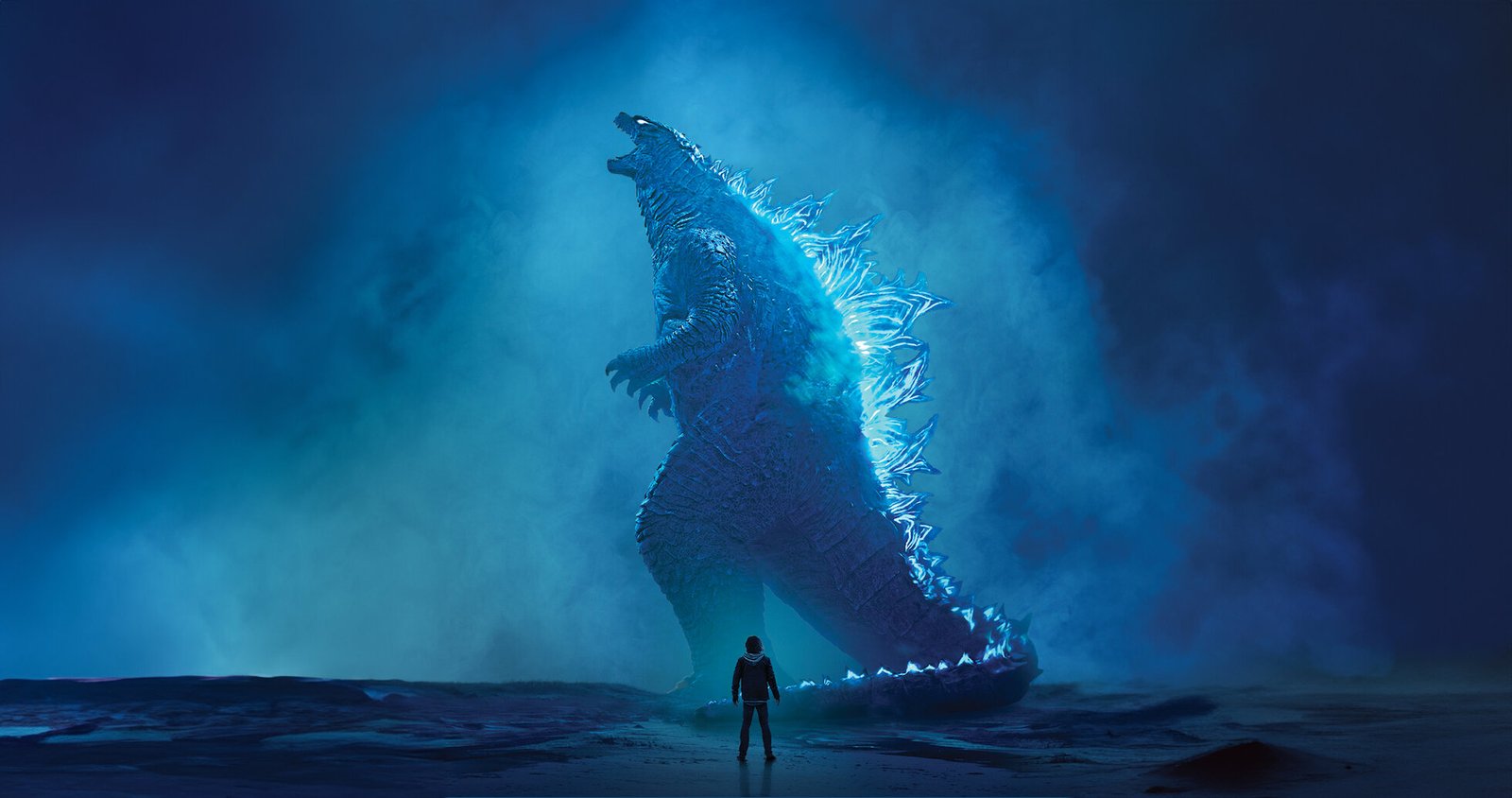
Godzilla II Review: Missed Potential in Monster Legacy
The Godzilla franchise has long been a beloved staple of the monster movie genre, captivating audiences with its towering, awe-inspiring creatures and the profound themes they represent. Since the original 1954 Japanese film, Godzilla has evolved into an iconic symbol, a manifestation of humanity’s deepest fears and the devastating consequences of our own actions.
Godzilla’s origins can be traced directly to the nuclear trauma experienced by the Japanese people, with the giant, radioactive beast serving as a potent metaphor for the destructive power of atomic weapons. As the Cold War raged on, Godzilla’s popularity only grew, as the character became a vessel for exploring the anxieties of the nuclear age and the fragility of our existence in the face of forces beyond our control.
Over the decades, the Godzilla franchise has spawned countless sequels, spin-offs, and reboots, each offering a unique perspective on the classic monster. While some have managed to capture the essence of the original, others have fallen short, struggling to recapture the magic and depth that made Godzilla such an enduring icon.
Godzilla II: King of the Monsters – A Missed Opportunity
It is with great disappointment that I must say that the latest installment in the Godzilla franchise, “Godzilla II: King of the Monsters,” directed by Michael Dougherty, falls firmly into the latter category. Despite the film’s impressive visual effects and the return of beloved kaiju (Japanese for “strange creature”) such as Mothra, Rodan, and Ghidorah, the overall execution falls flat, leaving the audience with a sense of missed potential and a longing for the nuanced storytelling and character development that made the original Godzilla film so impactful.
Weak Character Development and Forgettable Protagonists
One of the most glaring issues with “Godzilla II: King of the Monsters” is the lack of compelling character development. The film introduces a host of human protagonists, including the Monarch organization’s scientists, the eco-terrorist group, and the family at the center of the story. However, these characters feel underdeveloped and often serve as little more than plot devices, failing to engage the audience on an emotional level.
The film’s protagonist, the Russell family, is a prime example of this shortcoming. Consisting of a divorced couple, Emma (Vera Farmiga) and Mark (Kyle Chandler), and their daughter, Madison (Millie Bobby Brown), the family’s dynamic is meant to be the emotional core of the film. However, their relationships and motivations are often muddled, with the characters making decisions that feel more driven by the needs of the plot than by their own coherent arcs.
This lack of character depth is particularly problematic when contrasted with the film’s impressive visual effects and the sheer scale of the kaiju battles. The audience is left longing for a deeper connection to the human characters, something that could have elevated the film’s emotional impact and made the high-stakes confrontations feel more meaningful.
Weak character development and forgettable protagonists
Lack of emotional engagement with the human characters
Missed opportunity to explore the deeper themes and human impact of the kaiju battles
Convoluted Plotting and Confusing Narrative
In addition to the underdeveloped characters, “Godzilla II: King of the Monsters” also suffers from a convoluted and often confusing narrative. The film juggles multiple storylines, from the Monarch organization’s efforts to contain the awakening kaiju to the eco-terrorist group’s misguided attempts to “cleanse” the planet. This complex web of plot threads often feels disjointed, with the audience struggling to keep up with the various motivations and agendas at play.
The film’s pacing is also uneven, with long stretches of exposition and character interactions punctuated by brief, but visually stunning, kaiju battles. This imbalance can be jarring, as the audience is pulled back and forth between the human drama and the colossal confrontations, never fully immersed in either.
Furthermore, the film’s climactic showdown between Godzilla and Ghidorah, the three-headed “King Ghidorah,” is often obscured by poor cinematography and editing choices. The action sequences, while impressive in scale, are frequently difficult to follow, with the camera work and editing failing to clearly convey the geography of the battle and the relative positions of the combatants.
Convoluted and confusing narrative with multiple, disjointed storylines
Uneven pacing, with long stretches of exposition interrupted by brief kaiju battles
Poorly executed action sequences, with unclear cinematography and editing
Missed Opportunities to Explore Deeper Themes
One of the most disappointing aspects of “Godzilla II: King of the Monsters” is its failure to fully capitalize on the rich thematic potential inherent in the Godzilla mythos. The film touches on themes of environmentalism, humanity’s relationship with nature, and the consequences of our own actions, but it does so in a rather superficial and heavy-handed manner.
The eco-terrorist group’s misguided attempts to “cleanse” the planet by awakening the kaiju feel more like a plot device than a genuine exploration of the complex issues surrounding environmentalism and humanity’s impact on the natural world. The film’s message is often muddled, with the audience left wondering whether the filmmakers are condemning the terrorists’ actions or subtly endorsing their twisted ideology.
Similarly, the film’s portrayal of the kaiju as both awe-inspiring and terrifying fails to fully capture the nuance and depth of the original Godzilla’s symbolic power. While the visual spectacle of the monster battles is undeniably impressive, the film struggles to imbue these confrontations with the same sense of dread and reverence that made the original Godzilla film so impactful.
Ultimately, “Godzilla II: King of the Monsters” feels like a missed opportunity to delve deeper into the philosophical and thematic underpinnings that have made the Godzilla franchise such an enduring cultural phenomenon. Instead of exploring these rich ideas, the film settles for a more superficial, action-oriented approach that, while visually striking, lacks the emotional resonance and intellectual heft that made the original Godzilla film so powerful.
Superficial treatment of complex themes like environmentalism and humanity’s relationship with nature
Missed opportunities to explore the nuance and depth of the kaiju’s symbolic power
Lack of emotional resonance and intellectual heft compared to the original Godzilla film
A Glimmer of Hope: The Enduring Appeal of Godzilla
Despite the shortcomings of “Godzilla II: King of the Monsters,” the enduring appeal of the Godzilla franchise remains undeniable. The sheer spectacle of the kaiju battles, the iconic design of the monsters, and the underlying themes of humanity’s fragility in the face of forces beyond our control continue to captivate audiences worldwide.
As I mentioned in my video, the original 1954 Godzilla film, with its man-in-a-suit approach to the titular monster, remains a powerful and impactful work of cinema. The film’s ability to evoke a sense of awe and terror, even with its relatively simple special effects, is a testament to the depth and nuance of its storytelling and the symbolic weight of the Godzilla character.
Similarly, Guillermo del Toro’s “Pacific Rim,” a film that features giant, human-piloted mechas battling against colossal, otherworldly creatures, is a shining example of how the monster movie genre can be elevated through thoughtful character development, compelling themes, and a deep respect for the inherent power and beauty of the kaiju.
These examples serve as a reminder that the Godzilla franchise, and the broader monster movie genre, still holds immense potential. With the right creative vision and a commitment to exploring the deeper implications of these towering, awe-inspiring creatures, future Godzilla films could recapture the magic and resonance of the original, while also pushing the genre forward in bold and innovative ways.
The enduring appeal of the Godzilla franchise and the monster movie genre
The power of the original 1954 Godzilla film and its impact through simple, yet effective storytelling
Guillermo del Toro’s “Pacific Rim” as an example of how the monster movie genre can be elevated through thoughtful character development and compelling themes
The potential for future Godzilla films to recapture the magic and resonance of the original, while also pushing the genre forward
Conclusion
In the end, “Godzilla II: King of the Monsters” stands as a disappointing entry in the Godzilla franchise, failing to fully capitalize on the rich thematic and emotional potential inherent in the iconic monster’s legacy. While the film’s visual effects are undoubtedly impressive, the weak character development, convoluted plotting, and missed opportunities to explore deeper themes leave the audience longing for a more nuanced and impactful cinematic experience.
As a fan of the Godzilla franchise and the broader monster movie genre, I can’t help but feel a sense of disappointment in the missed potential of “Godzilla II: King of the Monsters.” However, the enduring appeal of these colossal, awe-inspiring creatures remains undiminished, and I remain hopeful that future Godzilla films will learn from the missteps of this latest installment and deliver the kind of thoughtful, emotionally resonant storytelling that has made the franchise such an enduring cultural phenomenon.
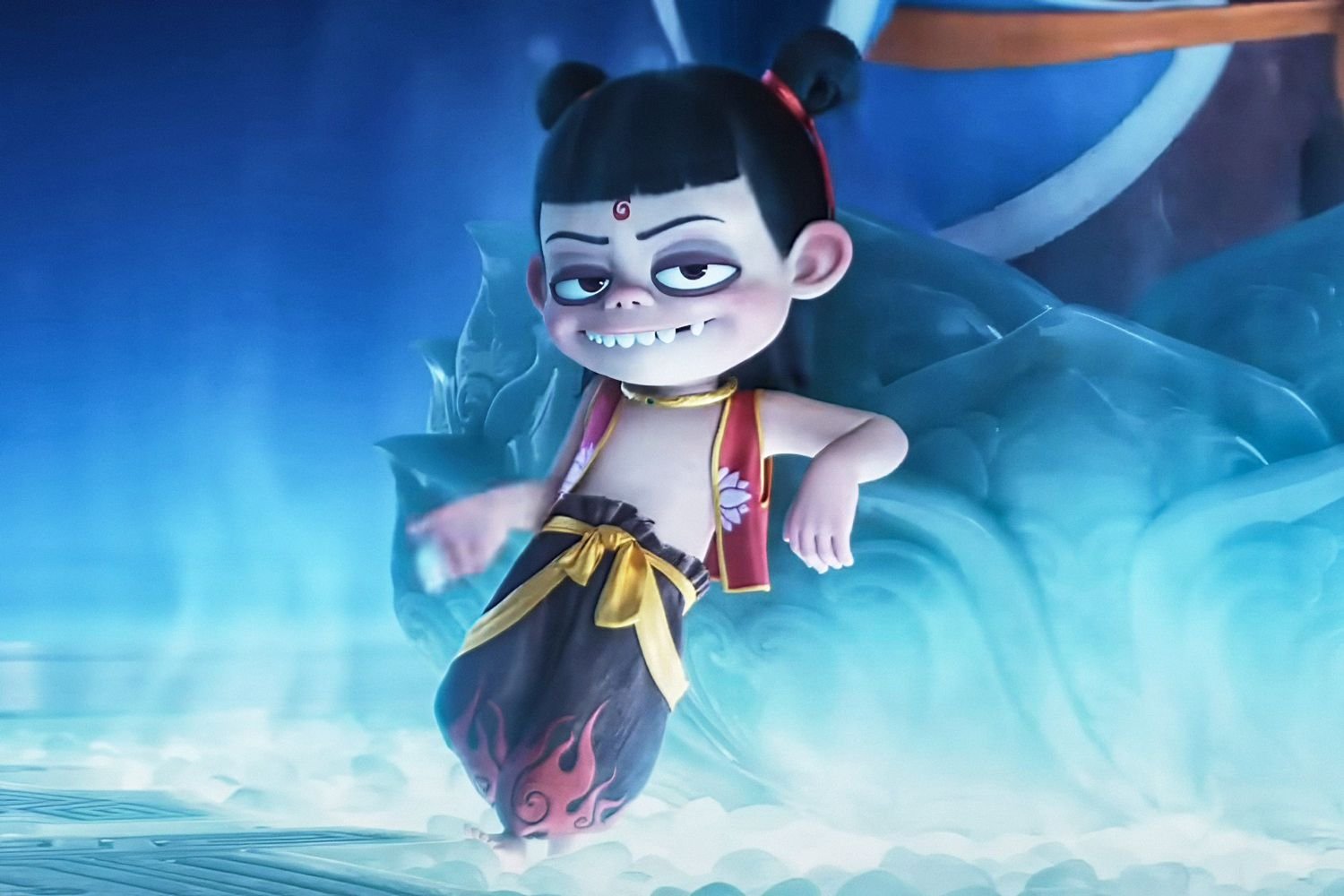
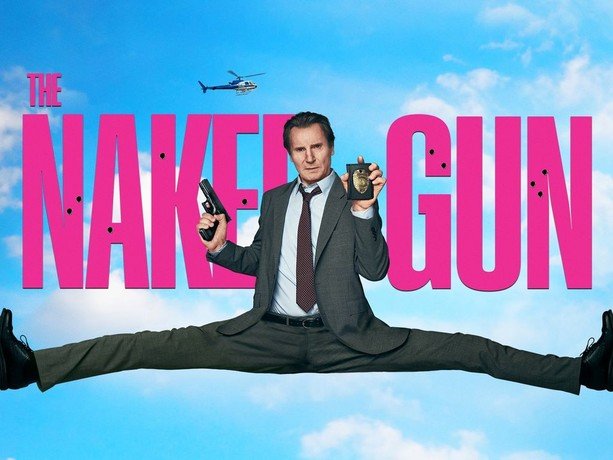
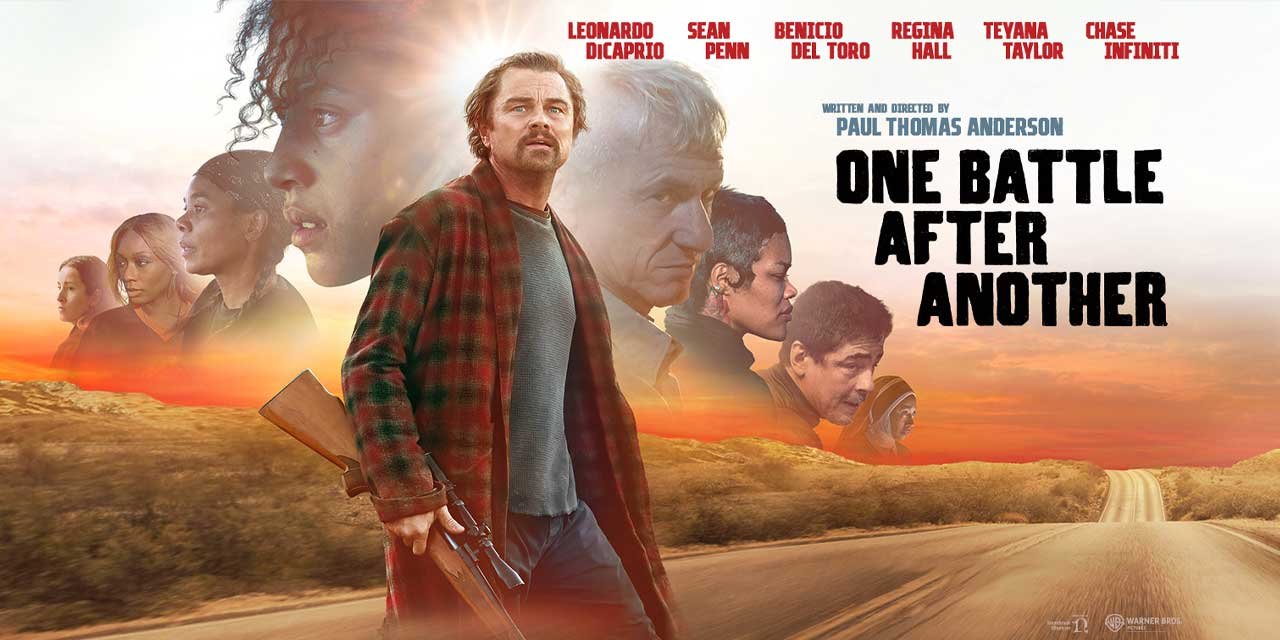
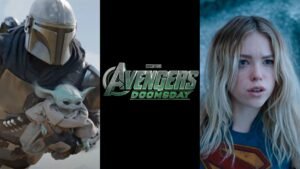
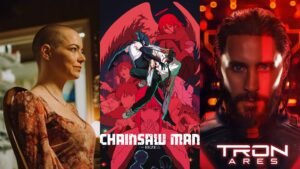
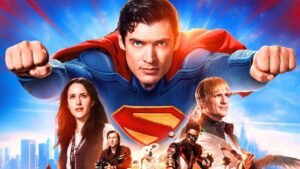

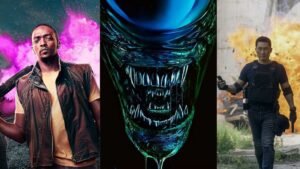

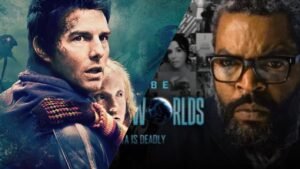

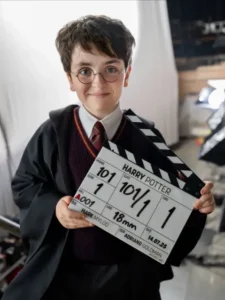

2 comments